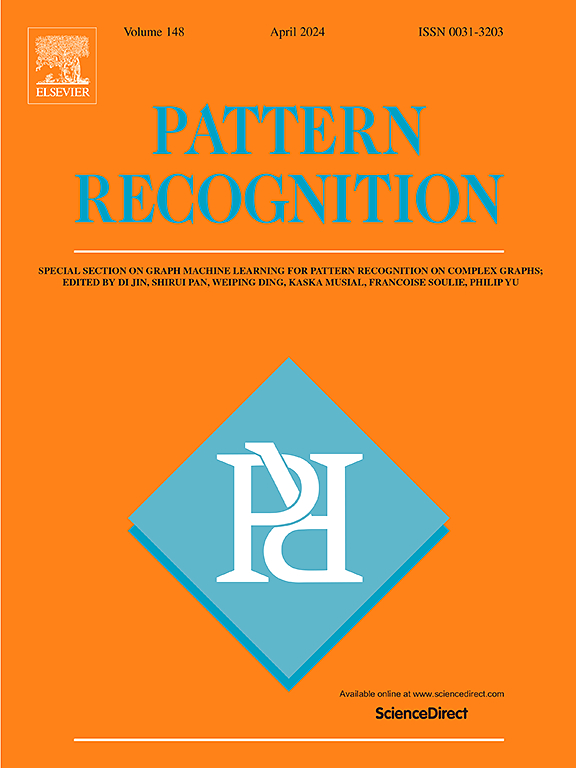Class agnostic and specific consistency learning for weakly-supervised point cloud semantic segmentation
IF 7.5
1区 计算机科学
Q1 COMPUTER SCIENCE, ARTIFICIAL INTELLIGENCE
引用次数: 0
Abstract
This paper focuses on Weakly Supervised 3D Point Cloud Semantic Segmentation (WS3DSS), which involves annotating only a few points while leaving a large number of points unlabeled in the training sample. Existing methods roughly force point-to-point predictions across different augmented versions of inputs close to each other. While this paper introduces a carefully-designed approach for learning class agnostic and specific consistency, based on the teacher–student framework. The proposed class-agnostic consistency learning, to bring the features of student and teacher models closer together, enhances the model robustness by replacing the traditional point-to-point prediction consistency with the group-to-group consistency based on the perturbed local neighboring points’ features. Furthermore, to facilitate learning under class-wise supervisions, we propose a class-specific consistency learning method, pulling the feature of the unlabeled point towards its corresponding class-specific memory bank feature. Such a class of the unlabeled point is determined as the one with the highest probability predicted by the classifier. Extensive experimental results demonstrate that our proposed method surpasses the SOTA method SQN (Huet al., 2022) by 2.5% and 8.3% on S3DIS dataset, and 4.4% and 13.9% on ScanNetV2 dataset, on the 0.1% and 0.01% settings, respectively. Code is available at https://github.com/jasonwjw/CASC.
用于弱监督点云语义分割的类无关性和特定一致性学习
本文的重点是弱监督三维点云语义分割(WS3DSS),其中涉及只标注少数几个点,而在训练样本中留下大量未标注的点。现有的方法大致上是强制对彼此接近的不同增强版输入进行点对点预测。而本文基于师生框架,介绍了一种精心设计的学习类无关和特定一致性的方法。所提出的 "类无关一致性学习 "能使学生模型和教师模型的特征更加接近,通过基于扰动局部邻近点特征的组对组一致性取代传统的点对点预测一致性,增强了模型的鲁棒性。此外,为了便于在分类监督下学习,我们提出了一种分类一致性学习方法,将未标记点的特征拉向其对应的分类记忆库特征。这样,未标记点的类别就被确定为分类器预测概率最高的类别。大量实验结果表明,在 S3DIS 数据集上,我们提出的方法比 SOTA 方法 SQN(Huet al.,2022 年)分别高出 2.5% 和 8.3%;在 ScanNetV2 数据集上,在 0.1% 和 0.01% 的设置下,分别高出 4.4% 和 13.9%。代码见 https://github.com/jasonwjw/CASC。
本文章由计算机程序翻译,如有差异,请以英文原文为准。
求助全文
约1分钟内获得全文
求助全文
来源期刊

Pattern Recognition
工程技术-工程:电子与电气
CiteScore
14.40
自引率
16.20%
发文量
683
审稿时长
5.6 months
期刊介绍:
The field of Pattern Recognition is both mature and rapidly evolving, playing a crucial role in various related fields such as computer vision, image processing, text analysis, and neural networks. It closely intersects with machine learning and is being applied in emerging areas like biometrics, bioinformatics, multimedia data analysis, and data science. The journal Pattern Recognition, established half a century ago during the early days of computer science, has since grown significantly in scope and influence.
 求助内容:
求助内容: 应助结果提醒方式:
应助结果提醒方式:


